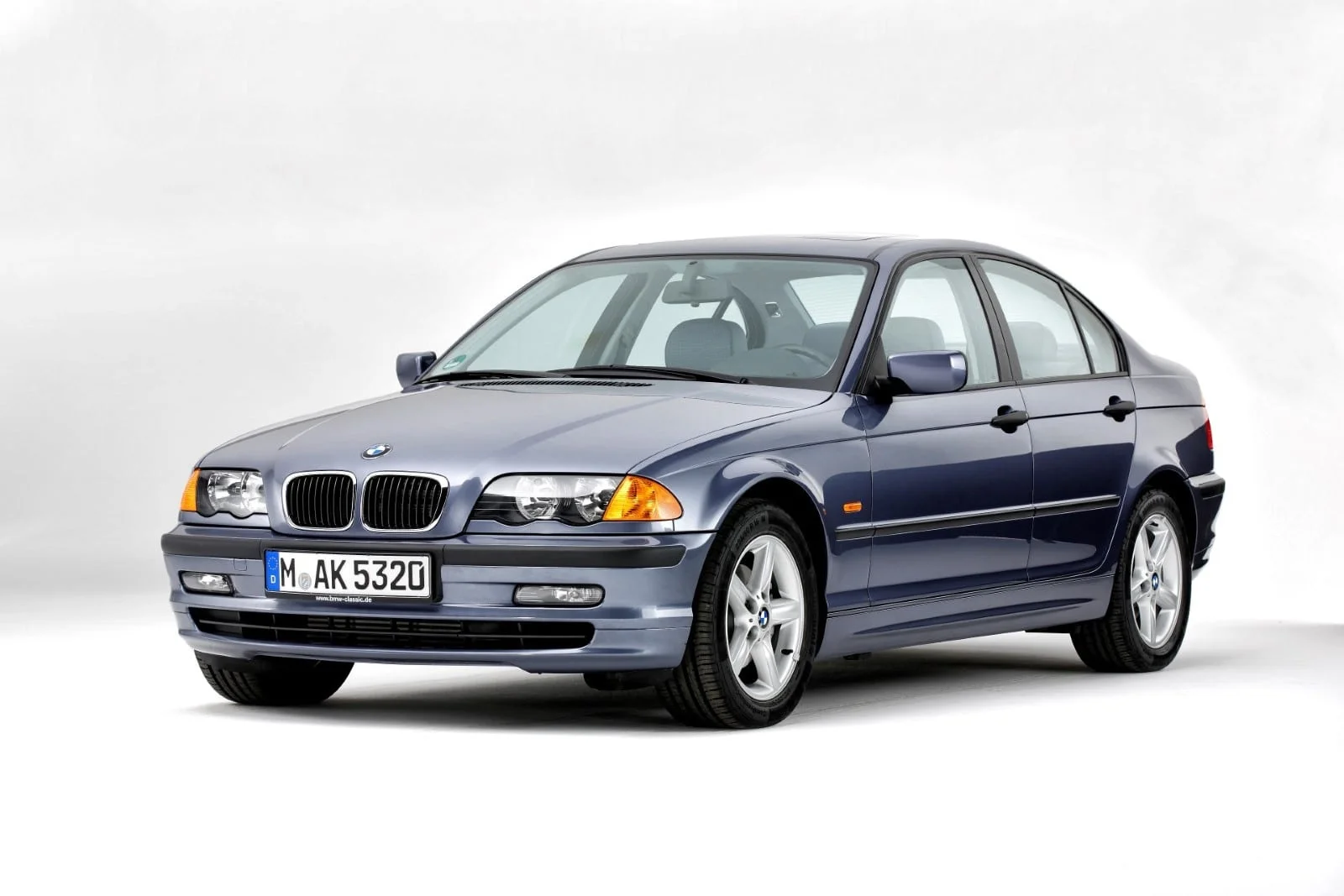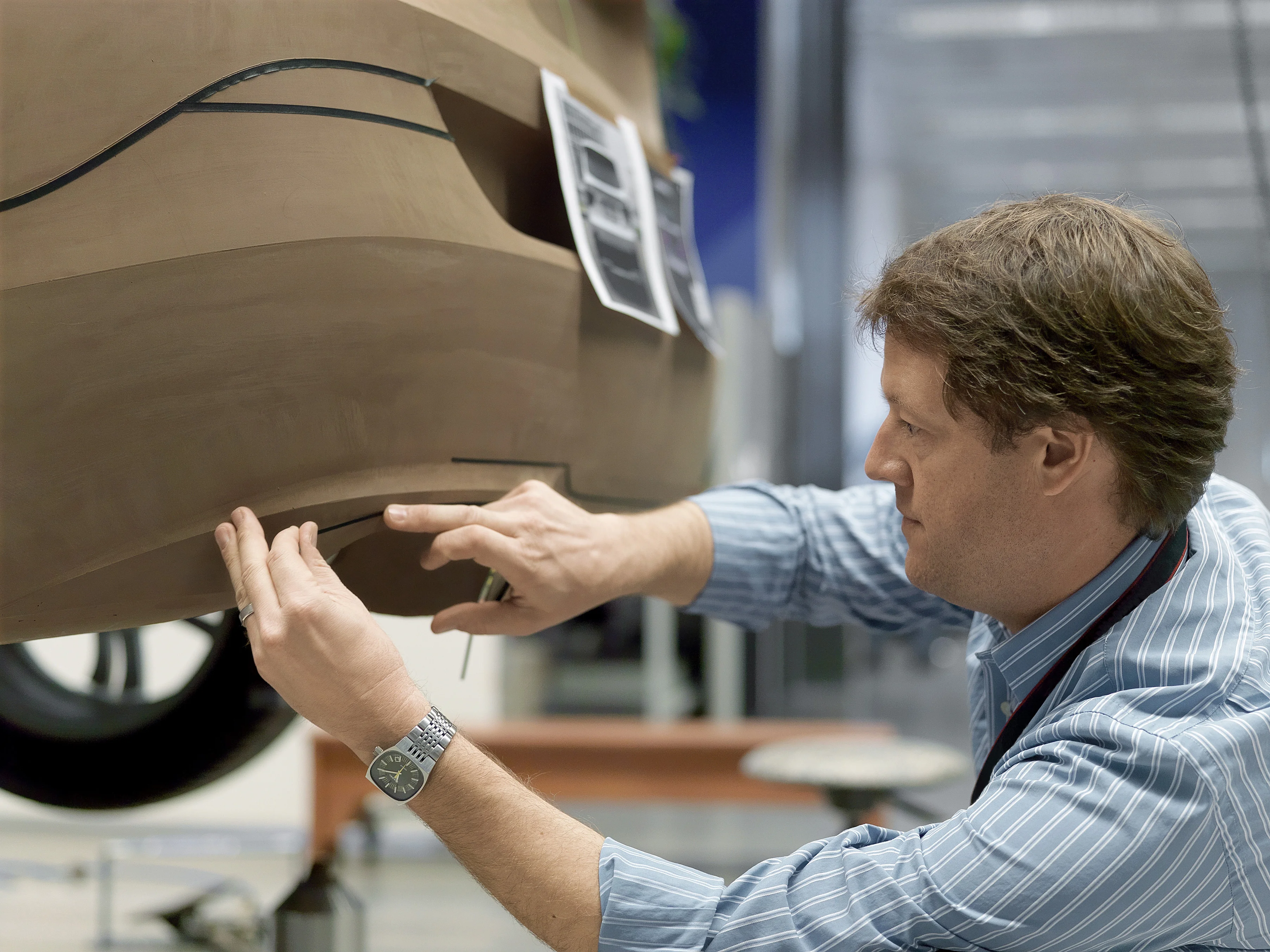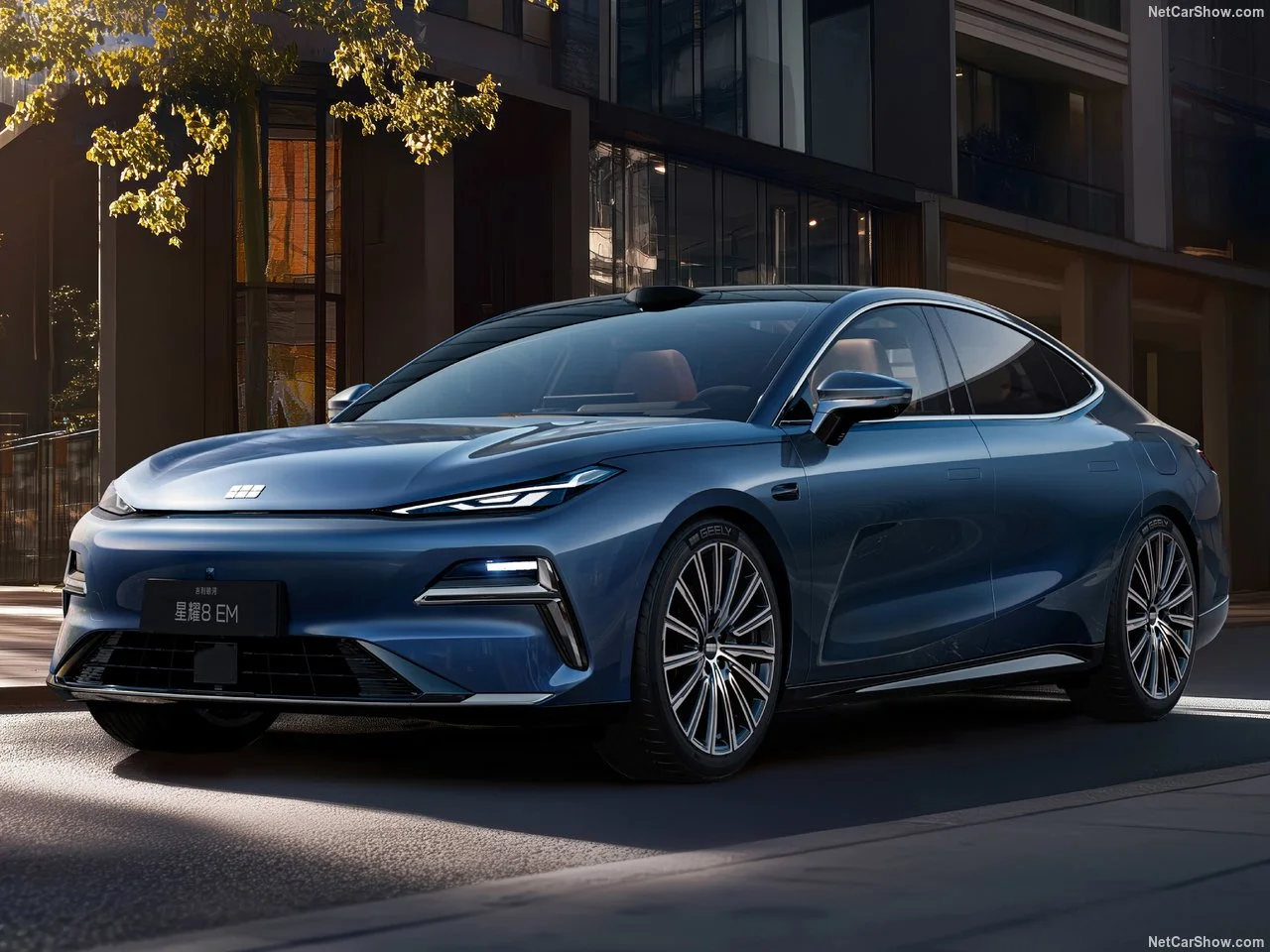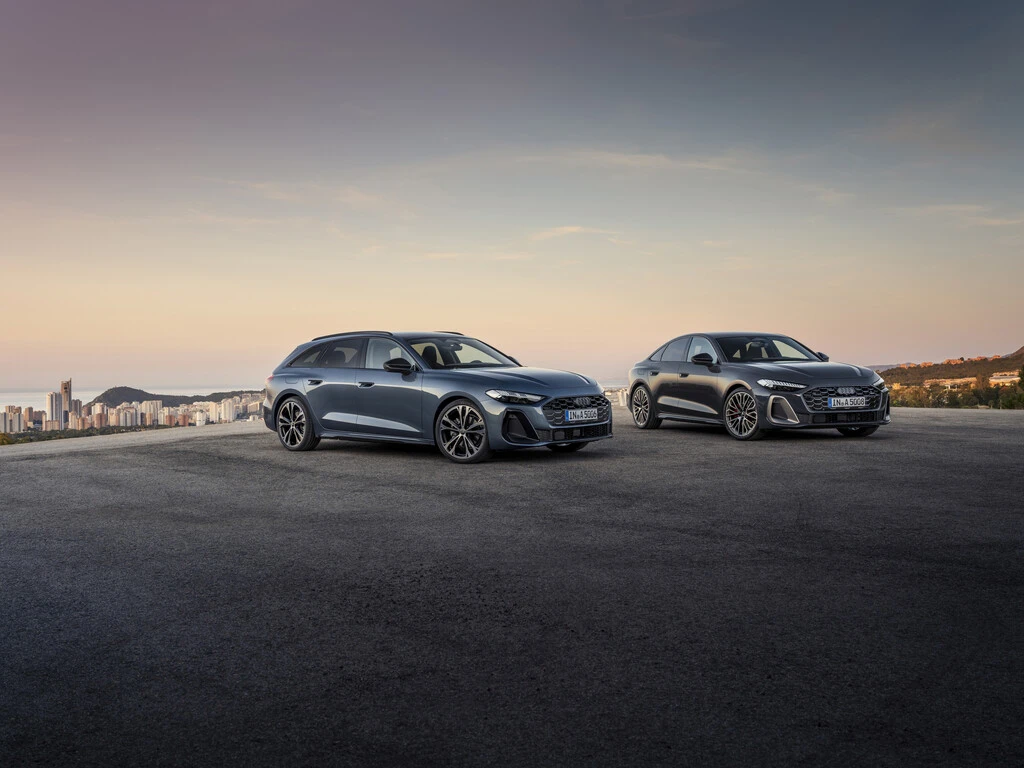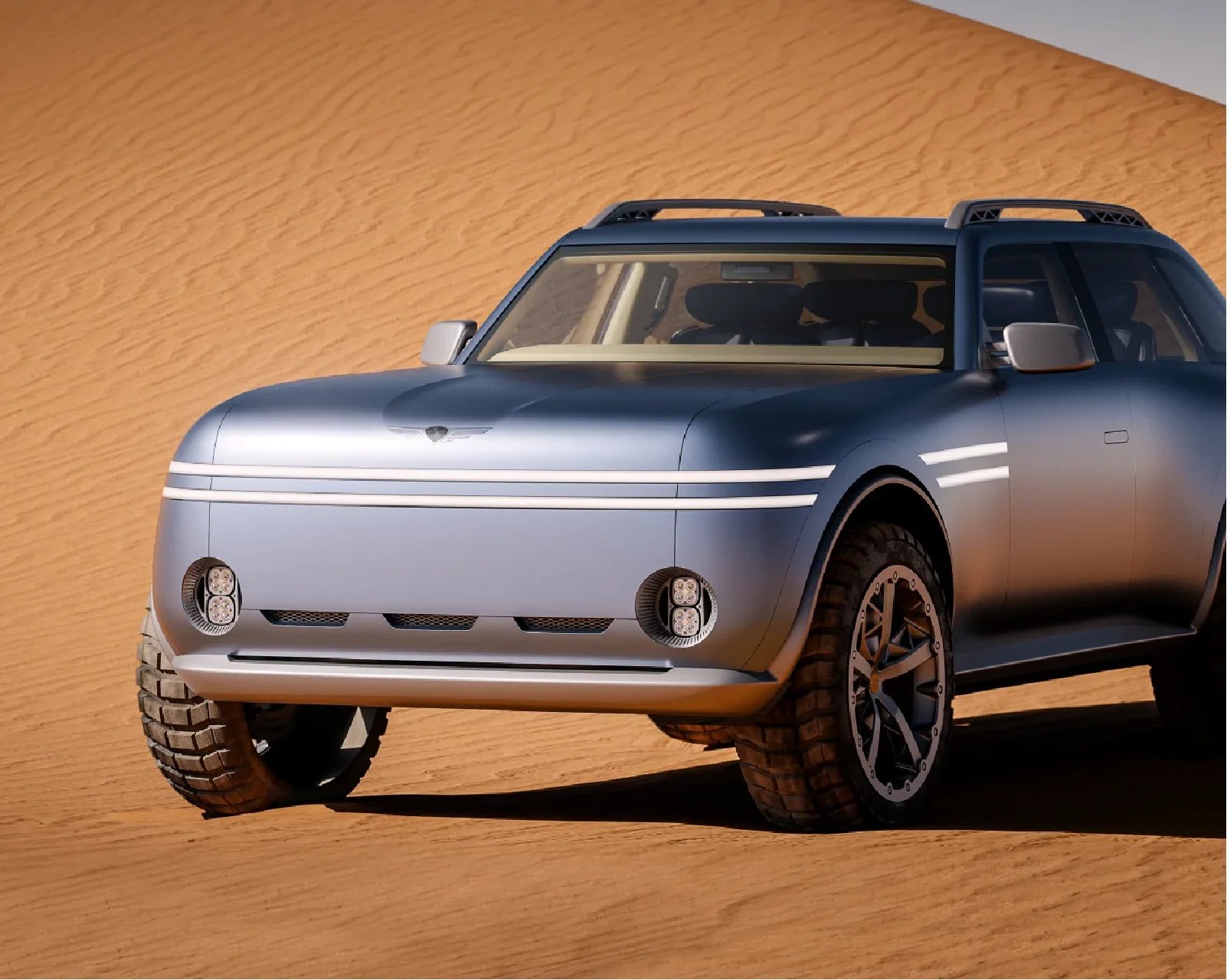In this story, we are going to glimpse the journey of one of the most influential car exterior designers of our millennium, Eric Goplen. We will explore his challenges in designing the BMW X3 F25 series, its connection to the iconic 3 Series E46, and the design techniques he learned while working in Turin—using Gandini’s unique modeling tool for his upcoming creations.
The year was 2010, and BMW was at a pivotal moment, redefining its place in the luxury SUV segment. Erik Goplen, the man behind the E46 3-Series—one of BMW’s most celebrated designs—was once again at the helm, tasked with shaping the next generation of the X3. The challenge? To take a car that was searching for its identity and give it a bolder, more mature presence.
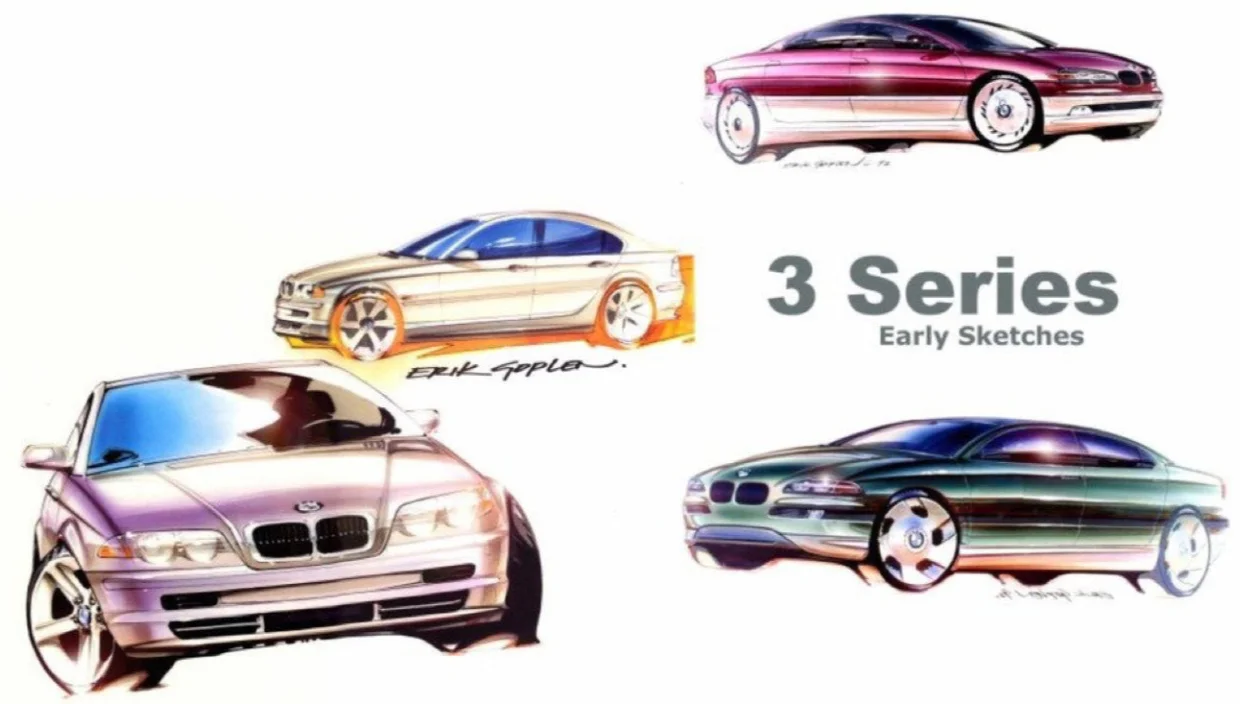
Erik had always been obsessed with proportion. Every BMW had to sit perfectly on its wheels, exuding a strong stance and dynamic appeal. The E46 3-Series had been an exercise in balance—its proportions, the L-shaped tail lamps, and the muscular form were a nod to the brand’s past while forging a path forward. But with the X3, things were different. Unlike the coupe-like simplicity of the E46, the X3 had to be sculpted in a way that embraced its larger footprint without feeling bulky.
In the early stages of the X3’s development, technical challenges shaped many of the decisions. The team worked closely with Adrian van Hooydonk and BMW’s engineers, widening the track to give the SUV a more commanding presence. It was an opportunity to make the X3 feel planted, with a powerful sculpture around the wheel openings and dynamic character lines that carried the energy of movement even when car is standing still.

Proportion and surface detailing were always Erik’s priorities. The front quarter view of the X3 carried an unmistakable resemblance to the E46, an unconscious design signature that connected the two vehicles. This was no accident. The same clay modeler who had helped shape the E46 was now working on the X3, carrying over an intrinsic sense of BMW’s design DNA.
The second-generation X3 was in a unique position. With the introduction of the X1, the X3 no longer have had to serve as the smaller sibling to the X5. It could establish itself with more confidence, exuding a distinct maturity. Erik envisioned an SUV that felt exciting, sophisticated, and unmistakably part of BMW’s growing X family.
BMW’s design heritage was always an essential factor. While the X3 was still in its early days as a model, it needed to carry the unmistakable traits of its predecessor while stepping into a new era. The kick-up beltline of the original X3 had been a standout feature, and Erik was determined to refine it, giving it a more dynamic wedge shape. Similarly, the T-shaped taillights were reinterpreted, now featuring a stronger arrow edge, beautifully integrated into the rear of the car. Every element was about making the car feel more cohesive, more mature, and more confident.
Overhangs were another focus. Erik had always believed that a true BMW should not waste any space. Short front and rear overhangs were key to making the X3 look agile and ready to move. Some competitors stretched their front overhangs excessively, in Erik’s view, diluting the tension of their designs. But BMW had always been about balance, and the X3 had to follow that philosophy.
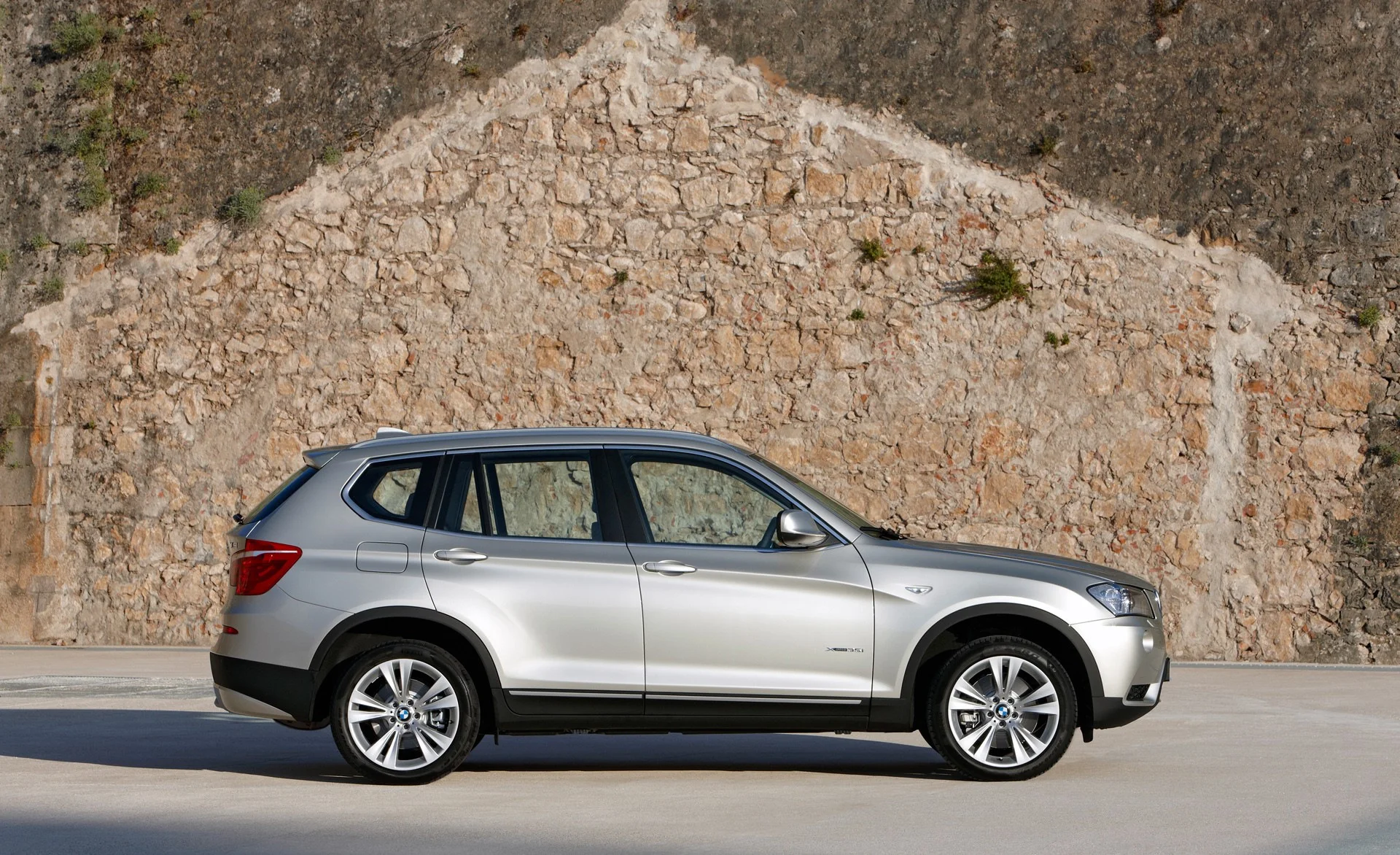
Guidelines for the design process were minimal. There was no strict brief dictating how the new X3 had to look. Instead, the direction was born from the initial sketches and an internal sense of what the car should express. One clear goal was to create a vehicle that felt more spacious and confident. Beyond that, BMW encouraged creative freedom, allowing multiple design directions before settling on the most compelling vision.
By the time Erik worked on the X3, his life had changed significantly. Designing the E46 had been a different chapter—he was single, focused purely on performance and driving dynamics. But during the development of the X3, he was married, and life was about more than just the thrill of the drive. His wife was by his side throughout the project, and during that time, they learned they were expecting their first child. The X3, in many ways, became personal. It wasn’t just a sporty BMW; it was also practical, functional, and ready for an active lifestyle. He saw himself in the car—someone who loved to drive but also needed space for a growing family. Strollers, mountain bikes, road trips—the X3 had to handle it all without losing its BMW essence.
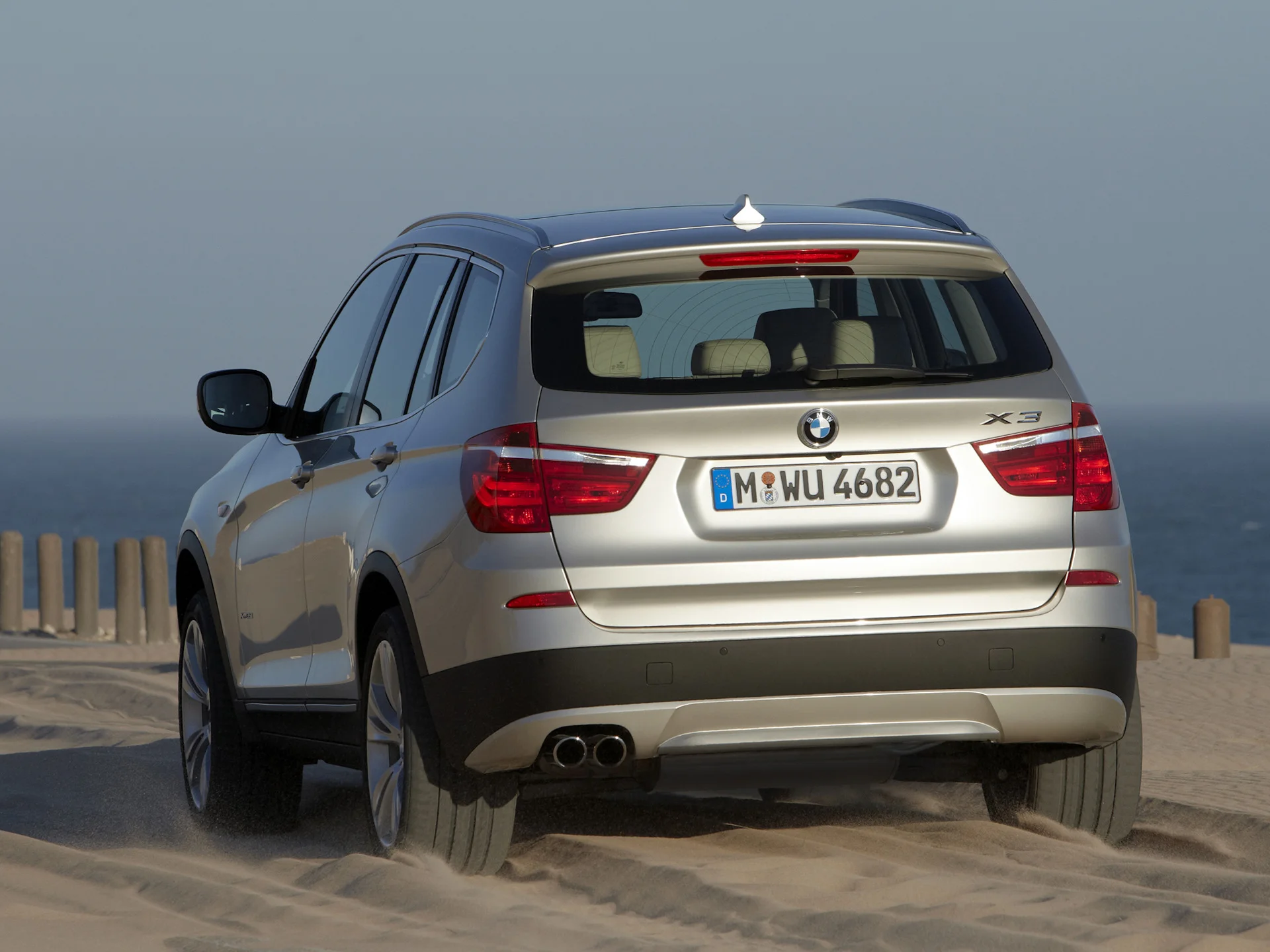

Outside of BMW, Erik had always been drawn to classic car design. His personal collection included a 1969 De Tomaso Mangusta, designed by Giugiaro. Italian design had a profound influence on him, and the purity of those proportions carried into his own work. Interestingly, the E46 project had started in Turin, where he worked with Italian craftsmen using traditional sculpting techniques. There was even a legendary story about a curve used on the Lamborghini Diablo, designed by Gandini, that found its way onto the hood of the E46. Erik and Chris Chapman, the designer of the original X5, had dubbed that curve “Excalibur,” a nod to the sword-like precision in its form.
Beyond production cars, Erik had also worked on concept designs. While leading Advance Design at Designworks USA, he and his team explored numerous futuristic ideas. Some of his early sketches even contributed to the Vision EfficientDynamics concept. While his concepts didn’t make it to the final version, the process was exhilarating, and he hoped to be more involved in such projects in the future.
When asked whether designing a production car was harder than a concept, Erik always had a clear answer. Concept cars were exciting, but they were short-term projects—months of intense creativity followed by a finished model. A production car, on the other hand, was like raising a child. Every detail had to be perfected, refined, and nurtured until it was ready for the world. BMW’s design team stayed deeply involved throughout the process, ensuring that the final product lived up to its original vision.
While Erik’s passion was exterior design, he respected the harmony between interior and exterior aesthetics. The exterior had the pressure of drawing people in—it was the first impression, the emotional hook. The interior, however, was where people spent their time, forming a deeper connection with the car. He likened it to a relationship—where the exterior was the first attraction, like a stylish outfit, but the interior was the personality that made the bond last.


Reflecting on the E46, he couldn’t help but appreciate its lasting impact. Even years later, enthusiasts continued to praise its design. He had never bought one for himself, but perhaps one day, he would. Maybe when it officially became a youngtimer classic. It had been a defining project in his career, just as the X3 had been a defining moment in BMW’s SUV evolution.
Erik had worked with legends during his career. Chris Bangle had been a mentor, offering both creative support and a bold vision for BMW’s future. It was nice coincidence that Erik’s first project with Chris had been the E46 and his last had been the X3. Adrian van Hooydonk had taken over the design leadership, guiding BMW’s aesthetic into the modern era. The journey had been filled with challenges, inspirations, and personal milestones.
As he looked back to his previous works the BMW X3 F25 remained a car he was proud of. It had set the stage for BMW’s success in the growing luxury SUV segment, proving that an SUV could be both practical and thrilling. And in many ways, it mirrored his own life at the time—evolving, adapting, and growing into something greater than expected.
